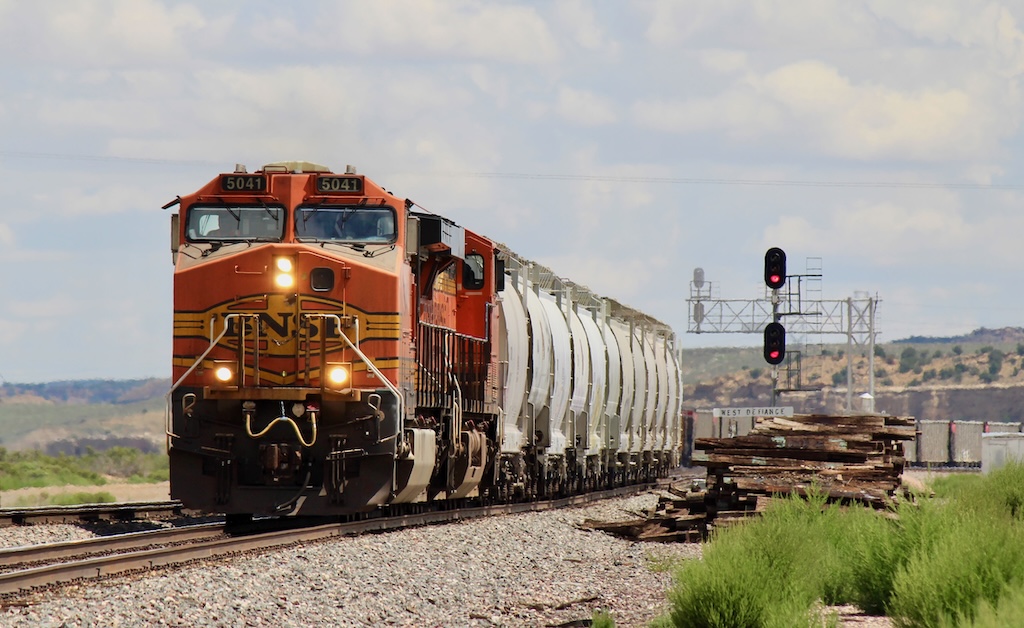
FORT WORTH, Texas — BNSF Railway carries more intermodal, coal, and grain traffic than any other railroad. And now it’s looking to boost its relatively small carload network through a combination of improved service, more frequent customer switching, and tighter partnerships with its top short line connections.
“We know intermodal’s a big part of the growth future. We’ve developed the ag shuttle network on the bulk side, and we certainly like our bulk network,” BNSF Chief Marketing Officer Tom Williams said in a recent interview. “I don’t want it to be lost that we care very much about that single-car merchandise network, too.”
Over the past year BNSF has taken steps to improve the efficiency of its merchandise network, starting with pushing down terminal dwell at its hump yards and emphasizing on-time train departures.
Those efforts paid off: BNSF posted all-time best terminal dwell figures in May. For the second quarter, terminal dwell was 21.9 hours, a 17% improvement compared to the second quarter of 2024.
And — bucking the long-term industry trend — BNSF has increased service frequency for 225 of its merchandise customers. A carload facility that received three days of service per week, for example, might now see a BNSF local on its spurs five days a week. Some five-day-per-week customers, meanwhile, went to daily service.

“And that, in total, equates to about 21,000 additional annualized service days per year,” Williams says. The hope is that the more frequent local service will lead to volume growth once the industrial economy rebounds.
The railway’s Short Line Select program, rolled out last fall to improve interchange performance, has cut dwell nearly in half on participating short lines. Volume on the Short Line Select railroads is up around 5% this year, compared to flat volumes on other short line connections as well as the balance of BNSF’s merchandise business.
“The whole name of the game of what we’ve been doing in the merchandise network is improving the velocity,” Williams says.
The combination of more efficient terminals and more frequent local service helps cars spin faster from origin to destination and return. Car-miles per day are up 25% compared to a year ago, which shaves two days off the transit time for a car that moves 1,000 miles.
What this means is that customers can move the same amount of freight using fewer cars — or put their suddenly surplus cars to work hauling more freight. “It’s good for us, it’s good for the customers,” Williams says. “We’ve reduced the inventory year over year by 20%.”
Amid these operational improvements, BNSF last month introduced a new First Mile/Last Mile group that includes the 13 people from its Shortline Development and Industrial Products Business Development teams.
Their focus is on understanding the needs of BNSF’s merchandise customers. “This isn’t about us going to the customer and telling them this is our network and … you fit it or you don’t,” Williams says.
Rather, BNSF wants to collaborate with its carload customers, learn how rail fits into their supply chains, and how local service tweaks could better fit their needs and lead to growth, he explains.
Short Line Select, meanwhile, aims to tighten the commercial relationship with top connecting railroads. Participating lines include Genesee & Wyoming’s Alabama & Gulf Coast Railway, Burlington Junction Railway, Genesee & Wyoming’s Portland & Western Railway, TNW Corporation’s Texas Northwestern Railroad and Red River Valley & Western, and Watco’s Timber Rock Railroad.
“One-third of our carload freight originates or terminates on a short line,” says Mark Ganaway, who leads BNSF’s shortline team. “That’s a significant portion of our business. We needed a way to move from transactional relationships to strategic partnerships.”
Last year BNSF handled 2.43 million merchandise carloads, a figure that does not include coal or grain.
“Interchanging more than 260,000 carloads per year, G&W and BNSF have an outstanding partnership. Having two G&W railroads — Alabama & Gulf Coast Railway in the east and Portland & Western Railroad in the west — participate in the BNSF Shortline Select program is a natural step in the evolution of our relationship,” says Kimberly Thompson, a vice president of sales and marketing at G&W. “BNSF’s program taps into the strengths of both a Class I and a short line to broaden both of our market reach and drive more traffic to rail as a safer and more sustainable alternative to trucking.”
BNSF is adding shortline transload locations to its Premier Transload Program directory. It’s also expanding its Certified Sites to include locations on short lines. The sites are rail-served properties that are ready for development. Among them: A site in the Mobile Gateway Park on the AGR in Alabama and a site on the Portland & Western that’s 45 miles north of Portland and will emphasize import/export containerized traffic.
The next step in BNSF’s merchandise growth efforts will be improving the suite of technology tools that customers use to interact with the railroad, Williams says. Traditionally, BNSF has purchased off-the-shelf technology applications. Now it’s building an in-house tech team that will develop BNSF-specific systems.
Customers should see improvements rolled out over the next six to 18 months, Williams says.






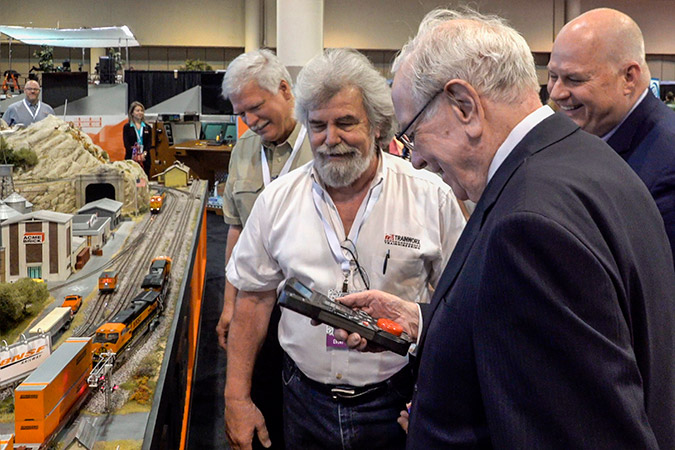
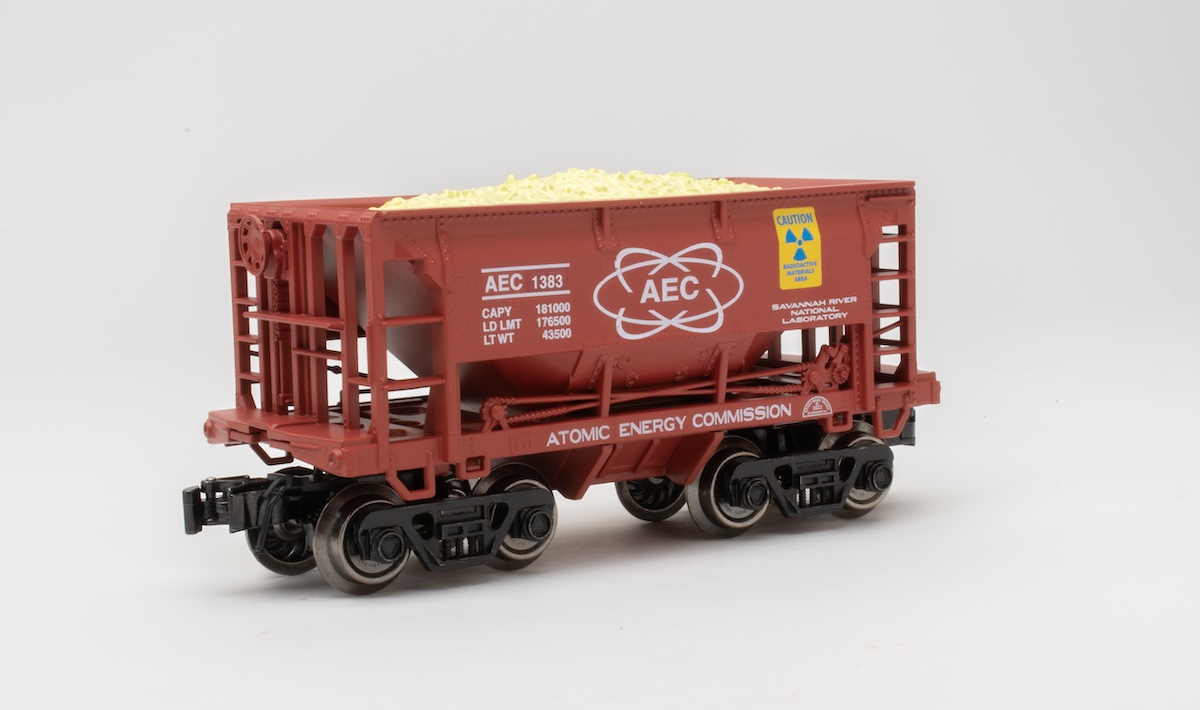
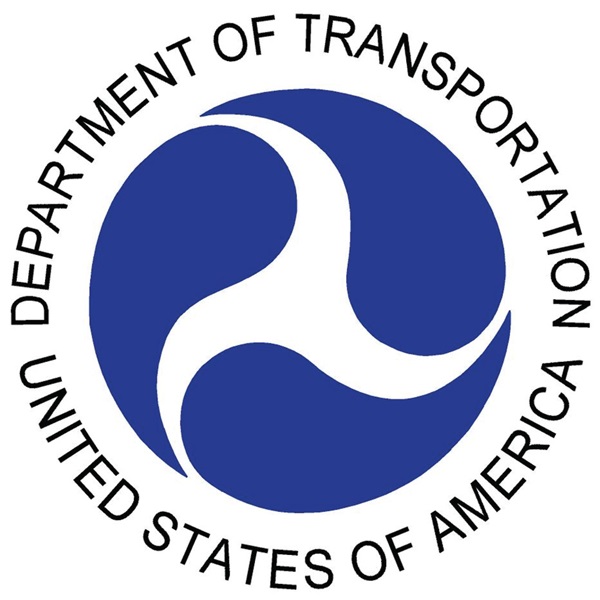
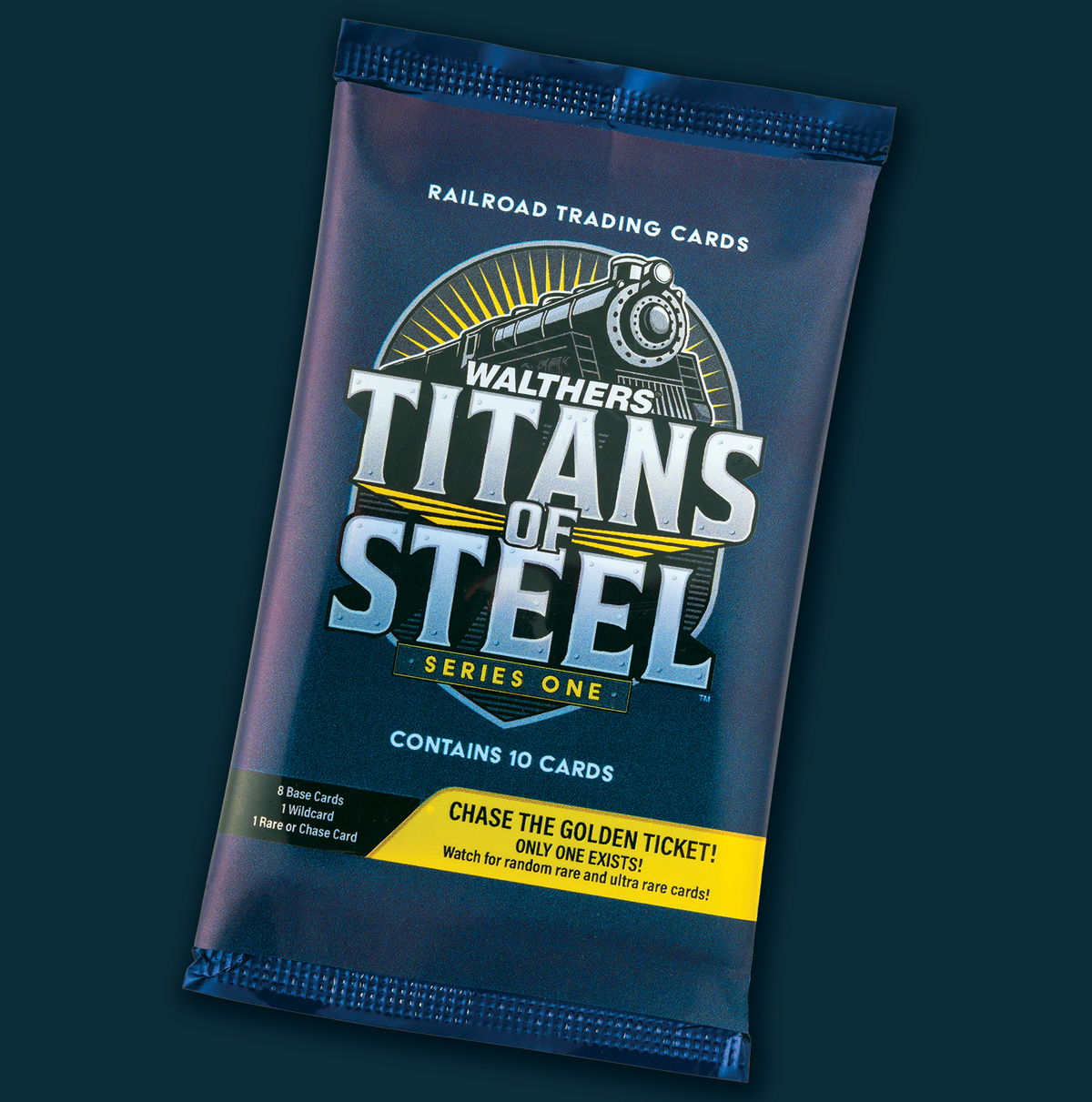
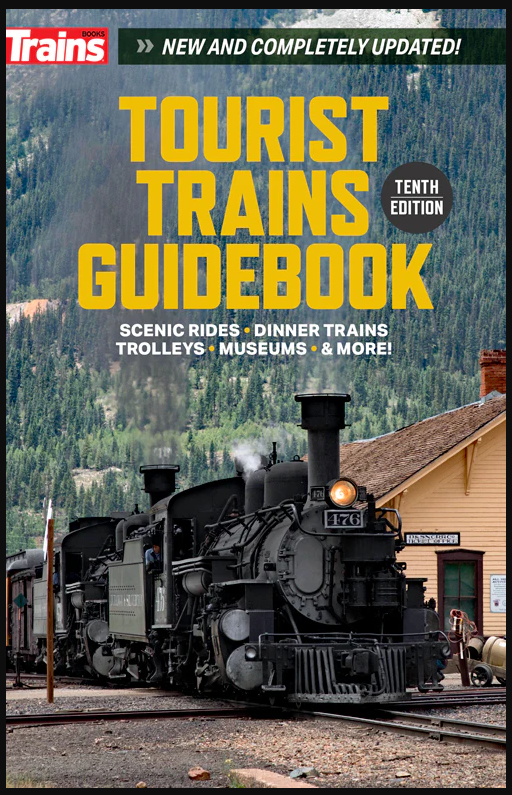
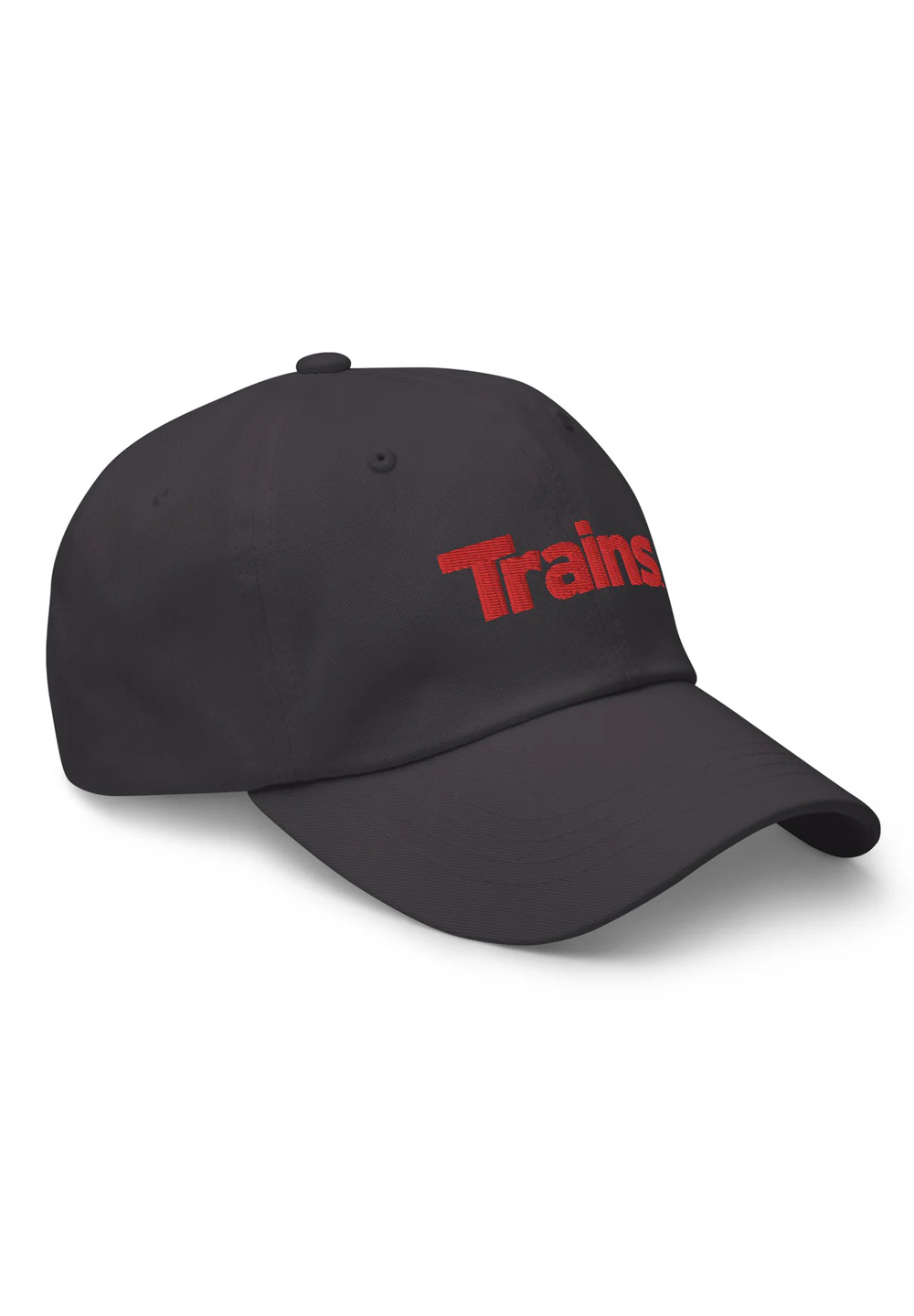
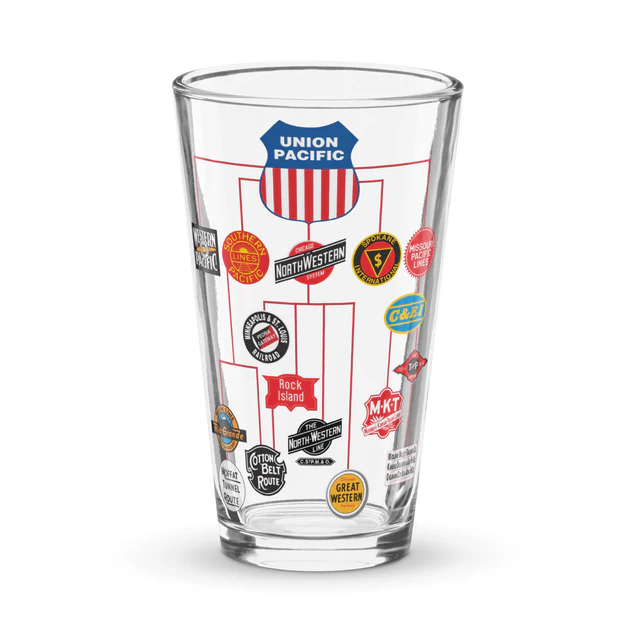
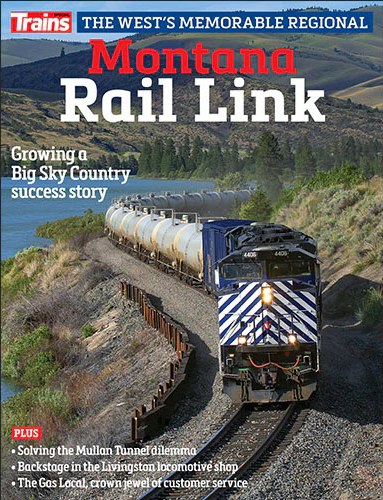
The article says a site 45 miles north of Portland on the Portland and Western. That would put it in Washington State near the Kelso Longview area. To my knowledge Portland and Western does not operate in Washington State. The location would have to be south of Portland or northwest toward Astoria, Oregon.
I would hope that BNSF follows thru on this plan. But then again I would hope that our Congress would develop a backbone and vote on things that are good for our country and not their party. Call me jaded, but I wonder if these will ever happen and if it does, what will be first.
What merger? BNSF + ?
Pre-merger PR charm offensive in full swing. Lawyers and PR working overtime putting lipstick on a pig.